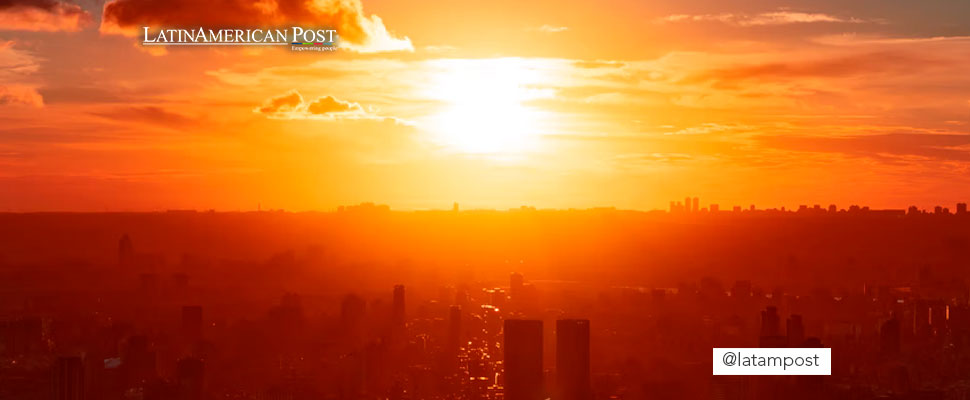Heat Island Effect: Why Is Your City Hotter?
If you've noticed that your city has been hotter lately, it may be due to the heat island effect .

Cities are heating up faster and to a greater extent than before, all due to the “heat island” effect. . Photo: Unsplash
LatinAmerican Post | Vanesa López Romero
Listen to this article
Leer en español: Efecto isla de calor: ¿Por qué tu ciudad está más caliente?
Have you noticed that lately when it's sunny in your city it gets hotter? That the heat is unbearable and you can even burn yourself? Or perhaps you have noticed that the city seems to be consumed in oppressive heat even if it is not sunny? Well, indeed cities are heating up faster and to a greater extent than before, all due to the "heat island" effect.
What is the heat island effect?
This effect causes temperatures to be up to 4 ° C higher in cities than in their surroundings. The little vegetation compared to the high amount of asphalt and cement and the concentration and human activity, causes the heat to be concentrated in large cities. This effect had already been present since the 1960s, but climate change has made it worse.
Cities are the perfect place for this to happen because, in addition to what we already mentioned, the large number of buildings that run through rows hinder ventilation.In addition, asphalt and cement, dark-colored materials widely used in city infrastructure, have been shown to retain heat much more than light-colored materials.
On the other hand, in any ecosystem, it is very necessary that there be a process of water evaporation so that afterward there is rain and healthy temperatures for the environment are maintained, a process known as evapotranspiration. But in cities, the sewage system prevents rainwater from being absorbed by the land, because the vegetation areas are very small in large cities, making this process much more difficult.
Also read:Gallery: How Committed Are Latin American Presidents To The Environment?
A clear example of this effect is New York, a city in which around 20 million people live and which, although it has the Central Park, a vegetation zone of around 3.41 km², is one of the places where the most this effect is evident.
What solutions are there?
The climate crisis has brought with it many consequences that must be addressed effectively, always taking care of the natural resources that we still have and rethinking the way in which we relate to our environment so as not to continue causing harm. Taking into account that cities are the places where the population is most concentrated, and therefore where there are more possibilities for these types of problems to exist, it is very important that actions are taken that have solutions focused on rethinking these places.
For experts, it is very important that green spaces are taken care of and expanded in cities, in order to generate more oxygen and allow evapotranspiration to occur more easily. Likewise, the infrastructure must be rethought. Uses of more sustainable materials, roofs in which there are planted plants (green roofs), light-colored buildings, among others, are the solutions that can be taken to prevent the heat island effect from continuing to occur.




